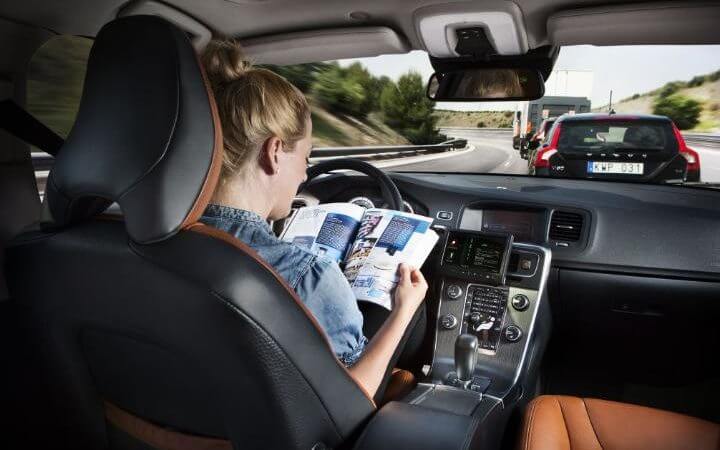What was once thought of as an impossible dream, driverless cars are becoming more and more popular in the world of technology, with betas being distributed all over the world. While we are still a number of tests away before safely releasing these automobiles out into the public world, the strides made in such short periods of time are truly remarkable. With this sudden surge in technology, it’s no wonder that there have been several misconceptions floating around regarding what autonomous cars have to offer. Below are just a few.
- Driverless cars will be purchasable for the public
I should preface this by saying that selling driverless cars to the public is an eventual goal, but we are far from it. There are a limited number of areas in which autonomous cars can operate at the moment, and it’s safe to assume that those asking if they can purchase one of these vehicles will want them to drive on roads and highways around their respective communities. Extremely complex mapping needs to be done in order to have these cars safely drive where they are intended to, which can take quite some time. Another consideration to factor in is driverless cars’ abilities to operate safely in hazardous weather. Yet another feature that requires the development of complicated algorithms.
For now, the most suitable role driverless cars can fill is that of public transportation. As mentioned before, due to the fact that they rely on previously mapped roads, these cars can hit the market at a much earlier time with their much simpler routes. This would be monumental for the public transportation industry, with companies like Uber and Lyft benefitting greatly from the reduced cost of employment.
- Their reliability must be proved through countless miles driven
Obviously, safety is the biggest concern when it comes to cars essentially driven by computers. Without a person behind the wheel, many may consider driverless cars unsafe, as there is no way to account for human error. A popular request to prove their reliability is to drive over and over again to assure that no mistakes can be made. However, there quite a few flaws that come with this argument, the first one being the average of driverless car accidents versus human-driven car accidents.
There is almost no way to predict the statistics of autonomous cars journeying across the country without the interference of human error, thus bringing up the notion that man-driven cars will always account for more accidents based on statistics. As stated by Driverless-Future.com, “These cars – that never tire, never drink, never take their attention off the road – would have to make other grave errors at much higher rates than humans which our societies would never be prepared to forgive.”
Driverless cars are inevitably becoming a part of our future. Though many people may feel that it is an unsafe alternative, the technology and dedication being put into perfecting these modern breakthroughs is enough to reassure most. Driverless cars will not be available for the public until their safety is as guaranteed as it can be, but when they are, they could provide significant advancements in the world of self-operated technology.
